Walking through a bustling city can feel like navigating a human obstacle course, especially when you’re dealing with honking traffic, distracted pedestrians, and countless distractions. The good news is that with a few smart strategies, you can move through urban environments confidently and safely.
Here is a list of 20 essential tips that will help you stay alert, avoid common hazards, and make your city walks both safer and more enjoyable.
Make eye contact with drivers
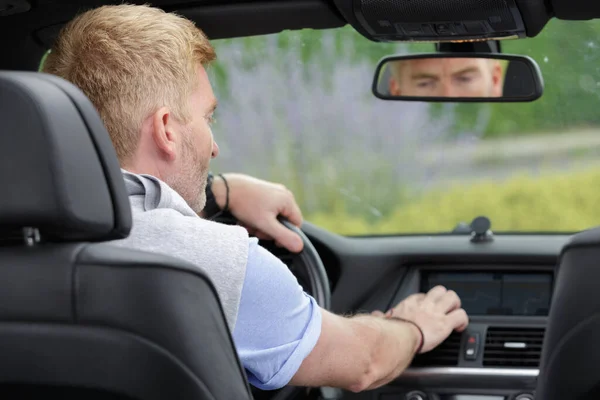
Drivers sometimes operate on autopilot, particularly during rush hour when they’re focused on getting to their destination. When you’re about to cross an intersection, take a moment to make direct eye contact with any drivers who might be turning.
This simple gesture ensures they’ve seen you rather than just glancing in your general direction.
Walk against traffic flow when there’s no sidewalk
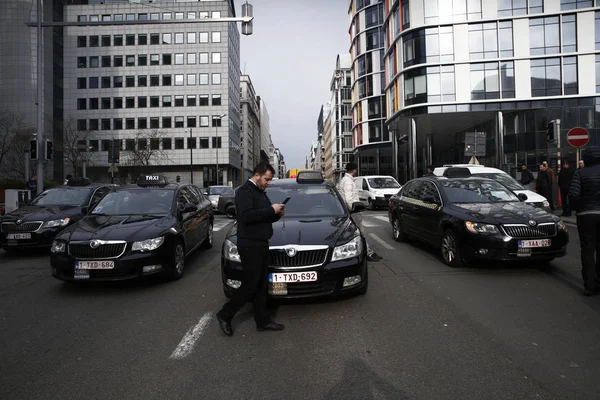
If you find yourself on a street without sidewalks, always walk facing oncoming traffic rather than with your back to it. This positioning gives you a clear view of approaching vehicles and allows you to react quickly if a driver drifts toward the shoulder.
Think of it like being a defensive player in sports – you want to see what’s coming at you.
Like Travel Pug’s content? Follow us on MSN.
Keep your phone usage minimal while walking
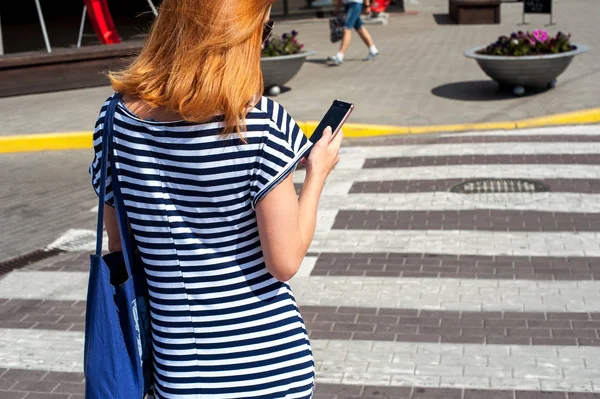
Your smartphone could be a ‘distraction magnet when you’re navigating busy streets. Save the texting, social media scrolling, and phone calls for when you reach your destination or find a safe spot to stop.
Your peripheral vision and hearing are crucial safety tools that get significantly reduced when your attention is buried in a screen.
Choose well-lit routes during evening hours
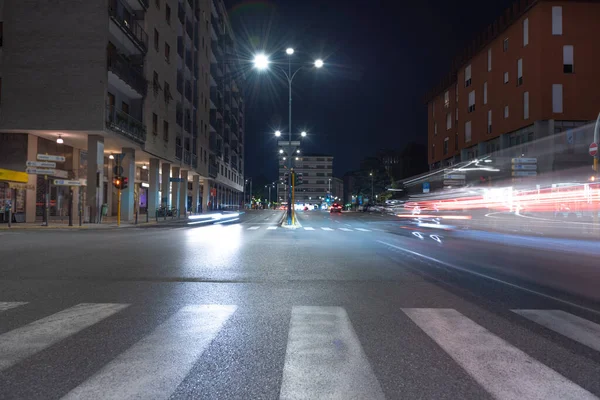
Stick to streets with good lighting when walking after dark, even if it means taking a slightly longer route. Well-lit areas not only help you see potential hazards like uneven pavement or obstacles, but they also make you more visible to drivers and other pedestrians.
Street lighting is your safety net in urban environments.
Wear bright or reflective clothing in low visibility conditions
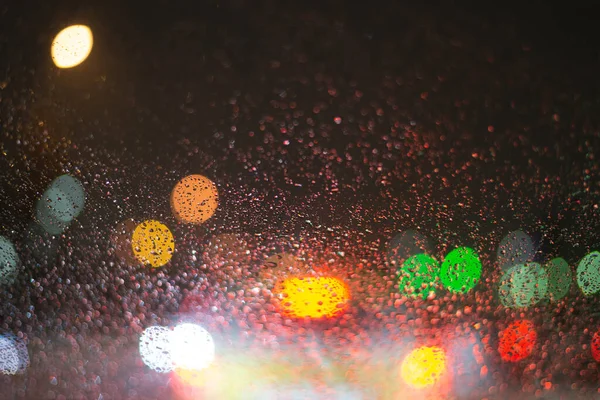
During foggy mornings, rainy days, or evening walks, your clothing choice becomes a safety tool. Bright colors and reflective materials help drivers spot you from much greater distances than dark clothing would allow.
Consider keeping a lightweight reflective vest in your bag if you frequently walk during dawn or dusk hours.
Like Travel Pug’s content? Follow us on MSN.
Stay aware of bicycle lanes and cyclists
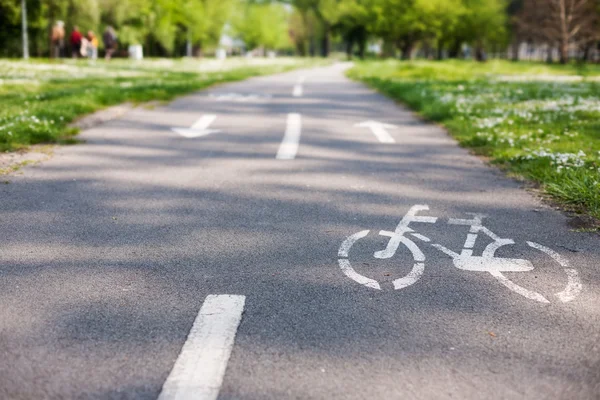
Many cities have designated bike lanes that run parallel to sidewalks, and cyclists often travel at speeds that can catch pedestrians off guard. Before stepping into or crossing a bike lane, do a quick shoulder check just like you would when changing lanes while driving.
Cyclists have just as much right to their designated space as you do to yours.
Watch for construction zones and temporary hazards
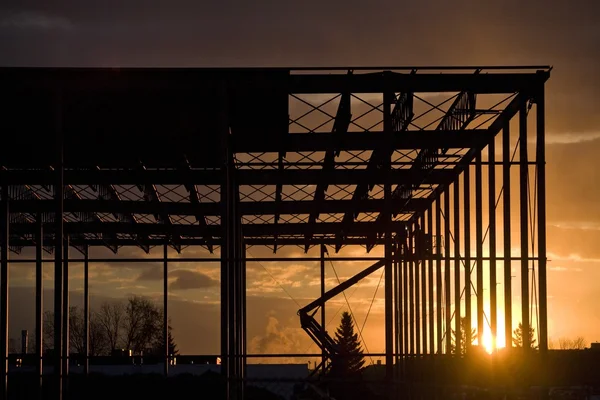
Urban construction sites can pop up seemingly overnight, creating new obstacles and changing familiar walking routes. Always follow posted detour signs and temporary barriers rather than trying to take shortcuts through work zones.
Construction areas often have heavy machinery, loose materials, and workers who might not immediately notice pedestrians.
Cross at designated crosswalks whenever possible
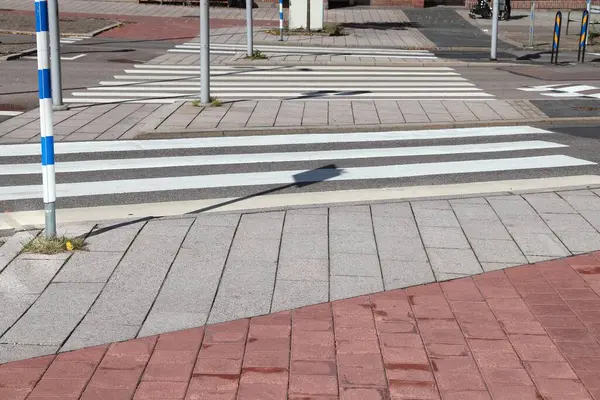
Crosswalks aren’t just suggestions – they’re the safest places to cross busy streets because drivers expect to see pedestrians there. Even if jaywalking seems faster, those extra seconds you save aren’t worth the increased risk of being in an unexpected location when traffic patterns change suddenly.
Like Travel Pug’s content? Follow us on MSN.
Listen for approaching emergency vehicles
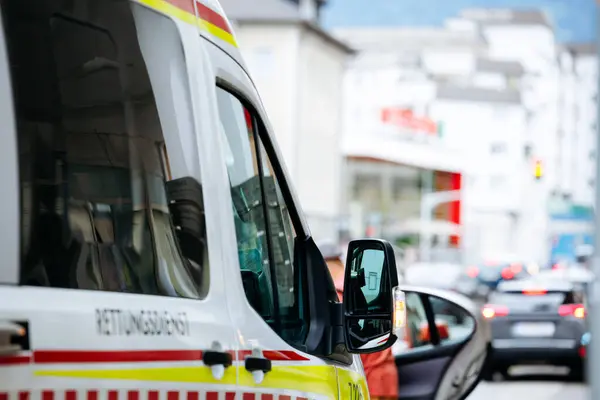
Ambulances, fire trucks, and police cars can appear quickly and need clear paths through traffic. Keep one ear free from headphones or earbuds so you can hear sirens approaching from any direction.
When you do hear emergency vehicles, move to a safe position away from the street and wait for them to pass completely.
Avoid walking too close to the curb edge
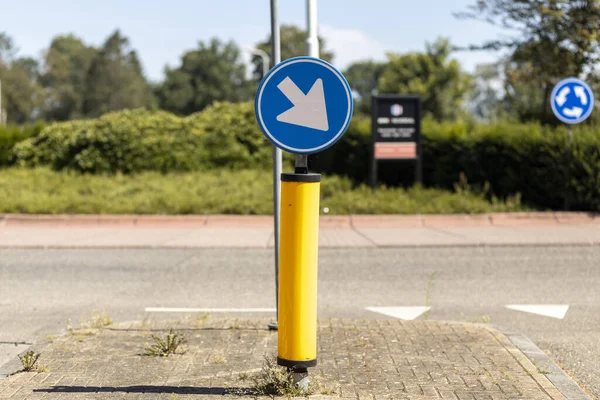
Maintain a buffer zone between yourself and moving traffic by walking toward the building side of sidewalks when possible. This extra space protects you from side mirrors, splashing water from puddles, and vehicles that might drift slightly over the curb line.
Think of this buffer as your safety margin.
Be extra cautious around parked cars
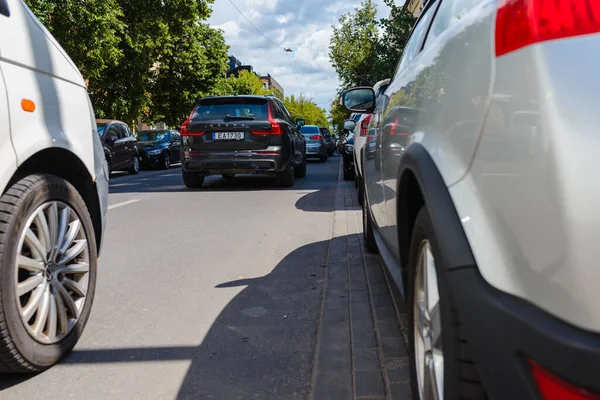
Parked vehicles create blind spots for both you and moving traffic, and car doors can open unexpectedly into your path. When walking past parked cars, stay alert for signs of occupants inside and give yourself enough space to react if a door suddenly swings open.
This is especially important in areas with heavy turnover parking.
Like Travel Pug’s content? Follow us on MSN.
Plan your route in advance
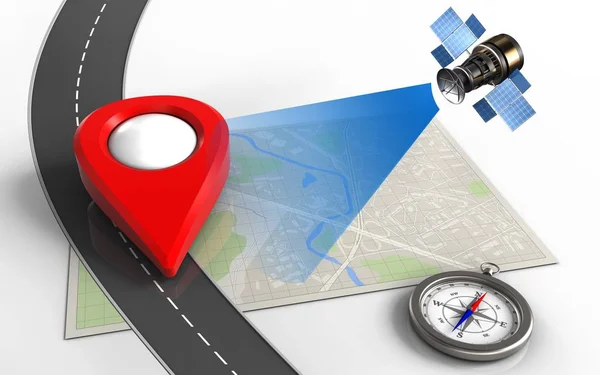
Knowing where you’re going eliminates the need to stop frequently to check directions or wander around looking for landmarks. A planned route also lets you identify potential problem areas ahead of time, like busy intersections or areas with limited lighting.
Apps can help, but download your directions beforehand to minimize phone usage while walking.
Carry emergency contact information

Keep emergency contact details easily accessible, either in your phone’s emergency contact feature or written down in your wallet. Include local emergency numbers for the city you’re visiting if you’re traveling.
This information becomes crucial if you encounter a situation where you need help or if someone needs to contact people on your behalf.
Trust your instincts about suspicious situations

Your subconscious often picks up on subtle cues that your logical mind hasn’t fully processed yet. If something feels off about a person, location, or situation, don’t dismiss that feeling as paranoia.
Change your route, enter a public business, or move toward areas with more people and activity.
Like Travel Pug’s content? Follow us on MSN.
Stay hydrated and take breaks when needed

City walking often involves more physical exertion than you might expect, especially during hot weather or when carrying bags. Dehydration can affect your concentration and reaction time, making you more vulnerable to accidents.
Plan stops at cafes, public buildings, or parks where you can rest and rehydrate safely.
Watch for uneven pavement and obstacles

Urban sidewalks can be like obstacle courses with cracked concrete, utility covers, and unexpected elevation changes. Keep your eyes moving between the path ahead and the broader environment around you.
This dual awareness helps you avoid tripping hazards while staying alert to traffic and other pedestrians.
Maintain situational awareness in crowded areas
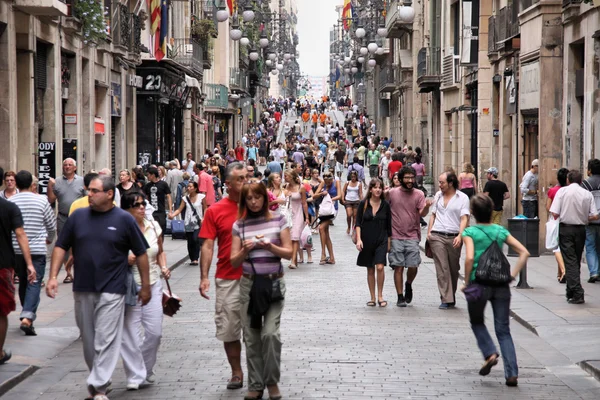
Dense crowds can create their safety challenges, from pickpockets to simply getting separated from your group. Keep your valuables secure and stay aware of the people immediately around you without becoming paranoid.
In tourist areas or during events, crowds can shift direction suddenly, so be prepared to adjust your movement accordingly.
Like Travel Pug’s content? Follow us on MSN.
Know the local traffic patterns and timing
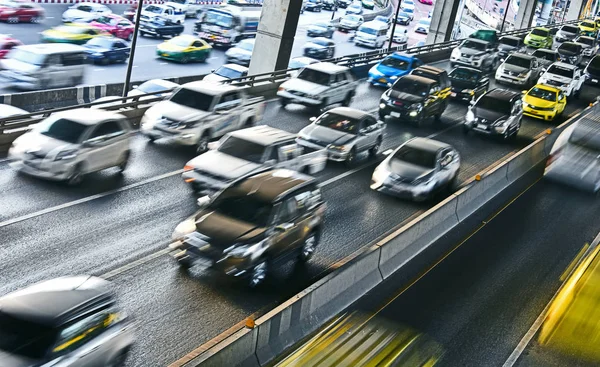
Different cities have unique traffic rhythms based on work schedules, school hours, and local events. Spending a few minutes observing intersection timing and pedestrian flow patterns can help you navigate more efficiently and safely.
Some intersections have longer crossing times, while others require quick movement.
Use crosswalk signals properly
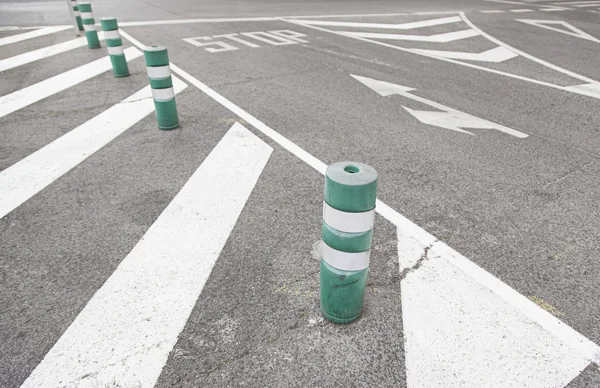
Wait for the walk signal even if the street appears clear, and start crossing promptly when you get the green light. Many intersections have countdown timers that show exactly how much time you have to cross safely.
If you can’t make it across comfortably in the allotted time, wait for the next cycle rather than rushing.
Stay visible during weather conditions

Rain, snow, and fog dramatically reduce visibility for everyone on the road. During these conditions, drivers have shorter reaction times and pedestrians become much harder to spot.
Consider postponing non-essential walks during severe weather, or take extra precautions like using an umbrella with bright colors and wearing additional reflective gear.
Like Travel Pug’s content? Follow us on MSN.
The evolution of urban safety
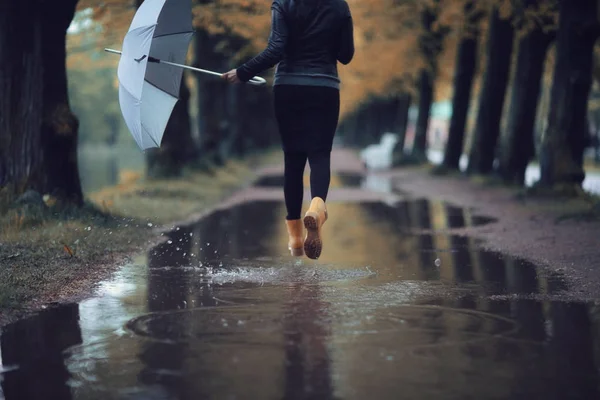
Today’s city walking safety practices have evolved significantly from the simple ‘look both ways’ advice our grandparents received. Modern urban environments present complex challenges that require updated strategies, from dealing with distracted drivers using smartphones to navigating cities designed primarily for vehicle traffic.
The rise of ride-sharing, electric vehicles, and changing urban infrastructure continues to reshape how pedestrians need to think about safety. As cities become denser and more complex, the pedestrian who combines traditional common sense with modern awareness techniques will always have the best chance of reaching their destination safely and confidently.
More from Travel Pug

- 20 Best Beach Towns in the Carolinas
- 13 Destinations Where Tourists Regularly Regret Their Trip
- 20 Things You Actually Get in First Class
- 20 Small Airports With Aviation Museums
- 20 Places in the U.S. That Are Perfect for a Reset Trip
Like Travel Pug’s content? Follow us on MSN.
